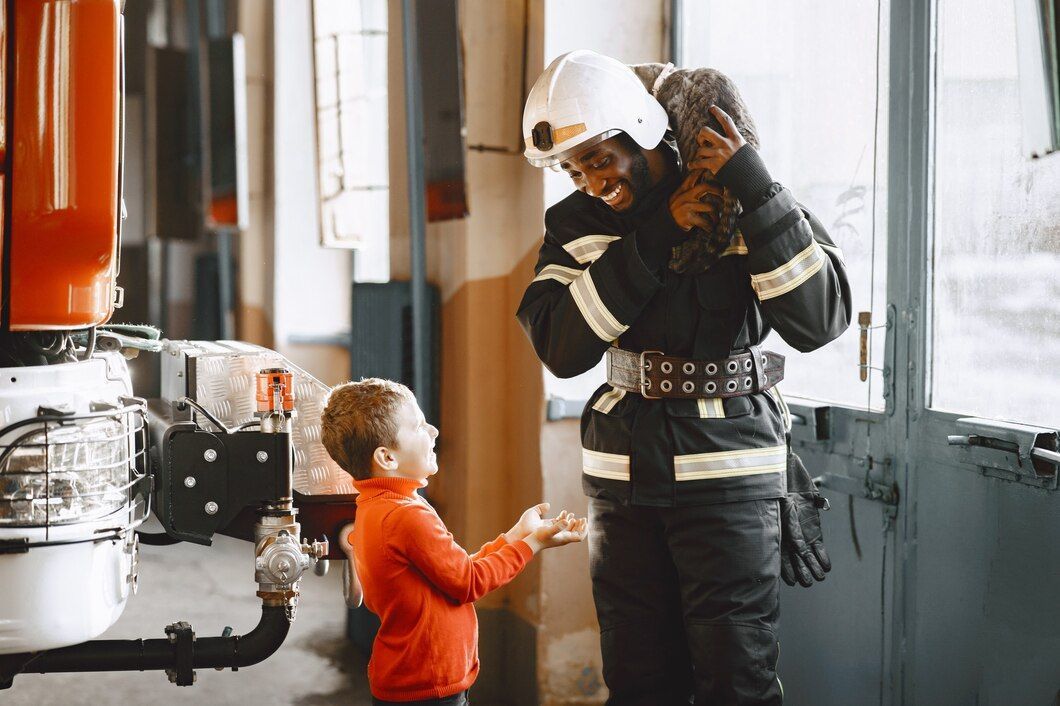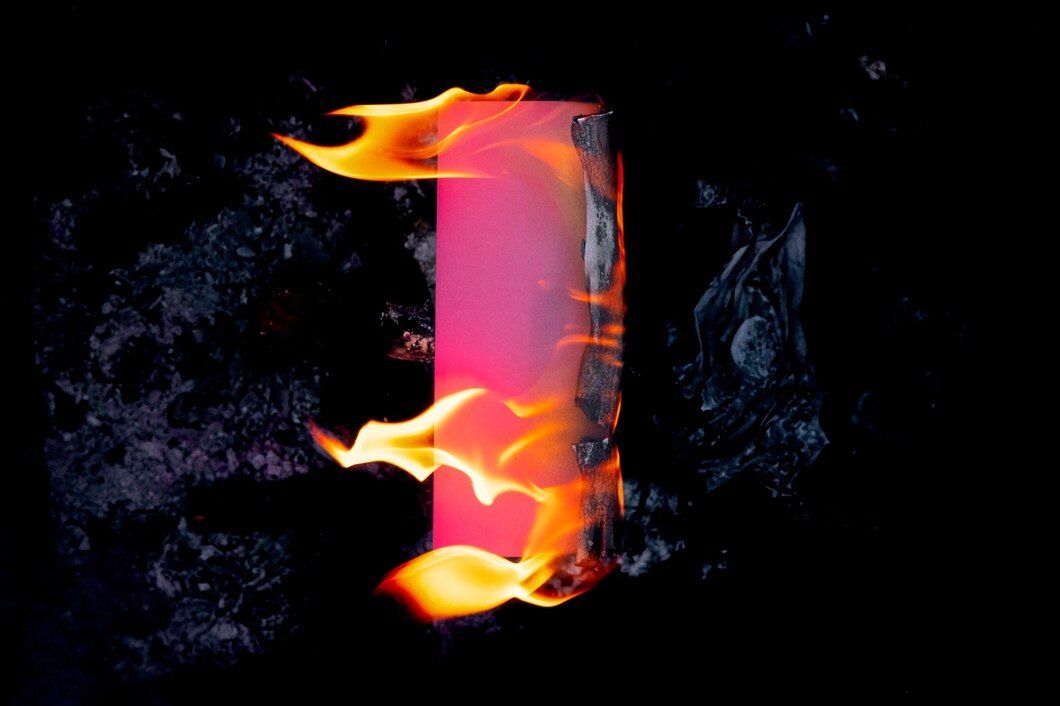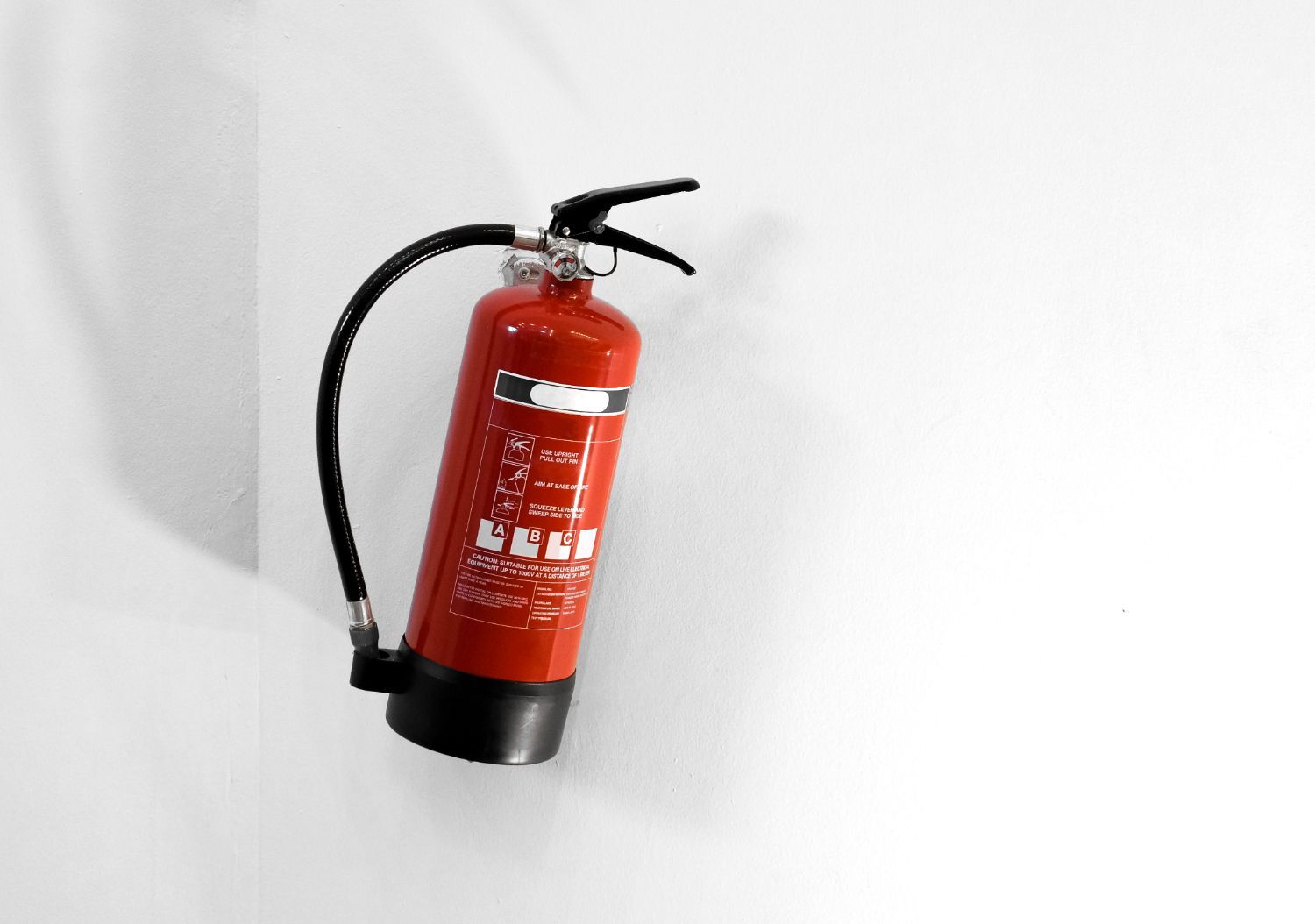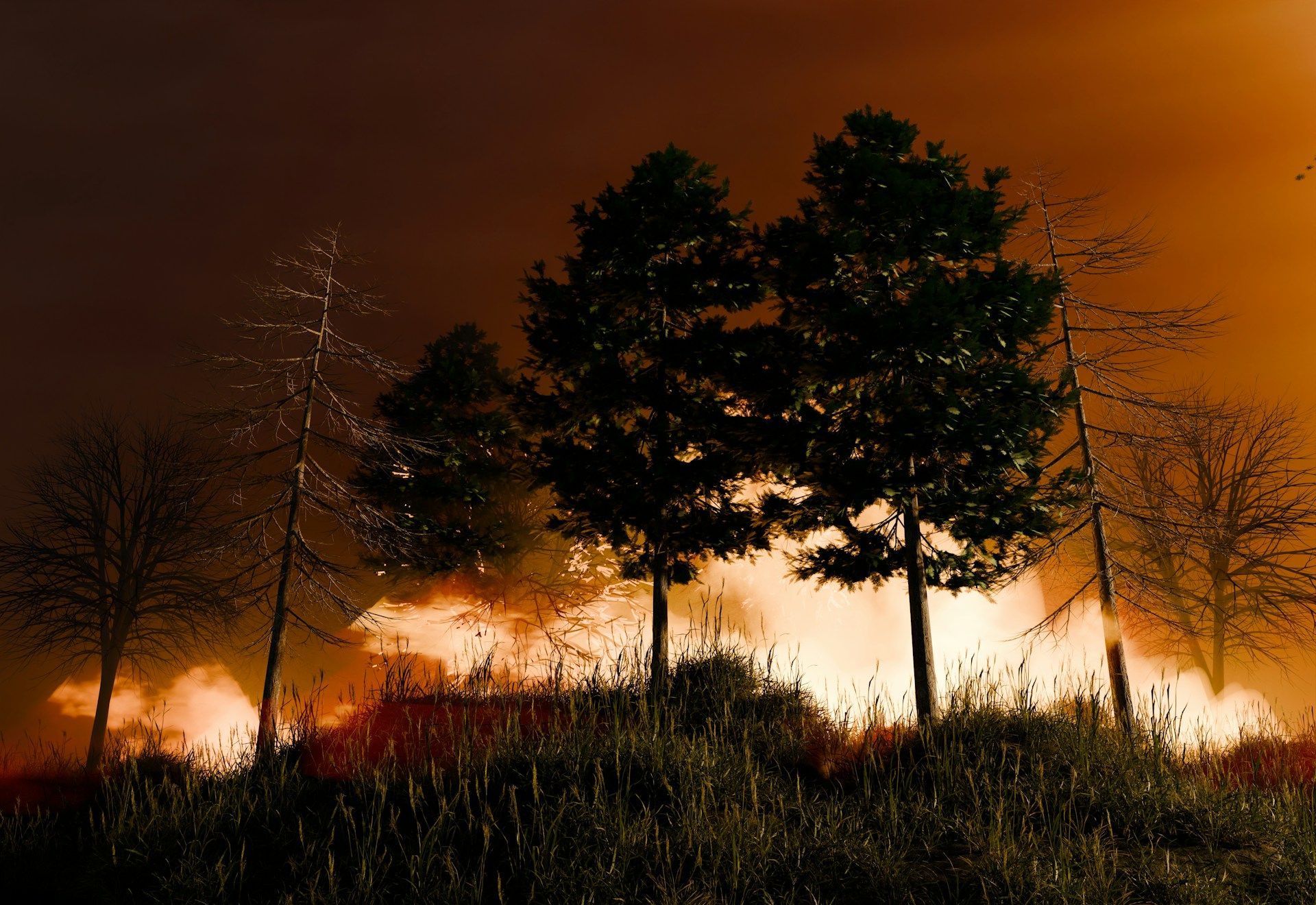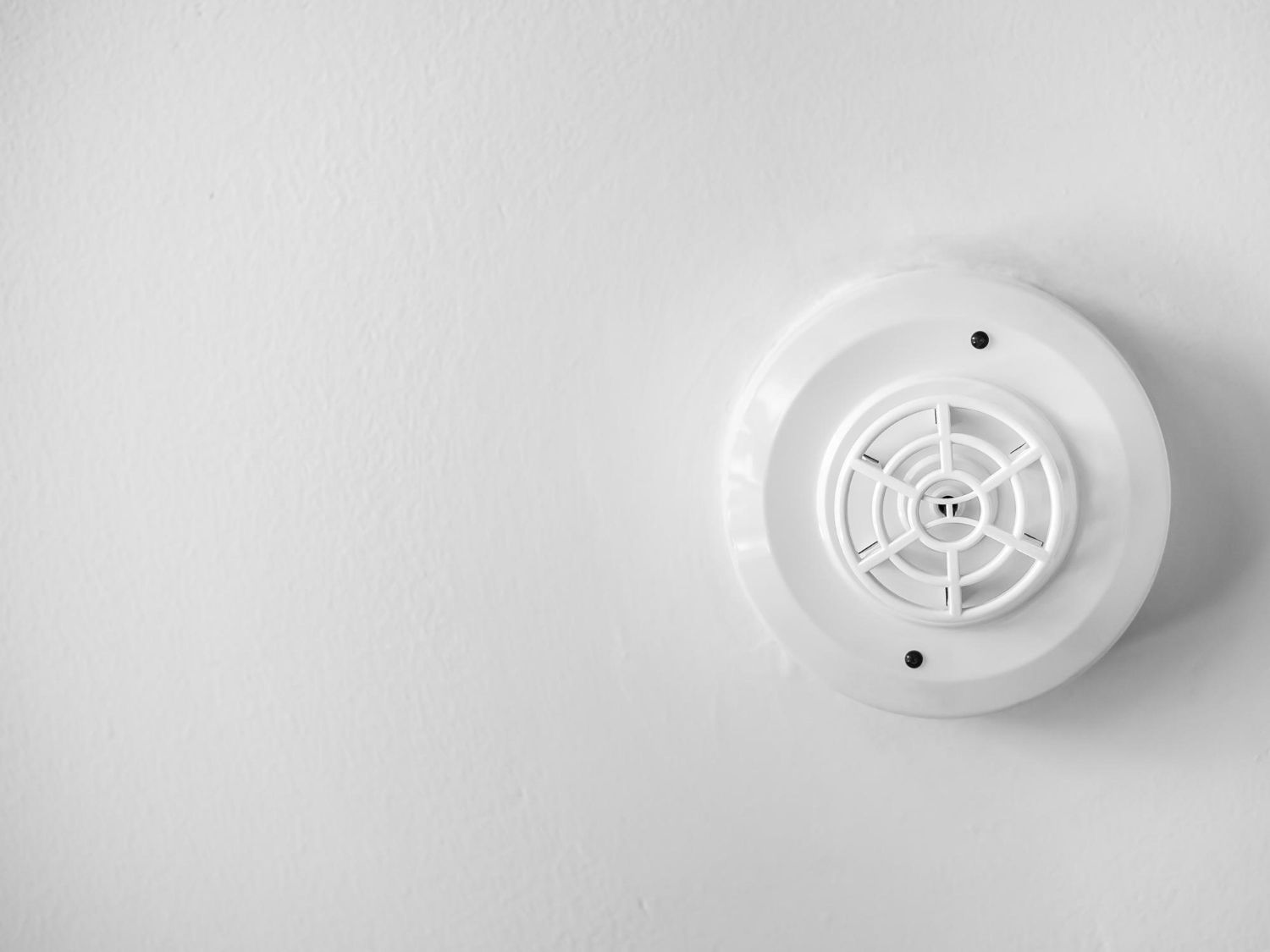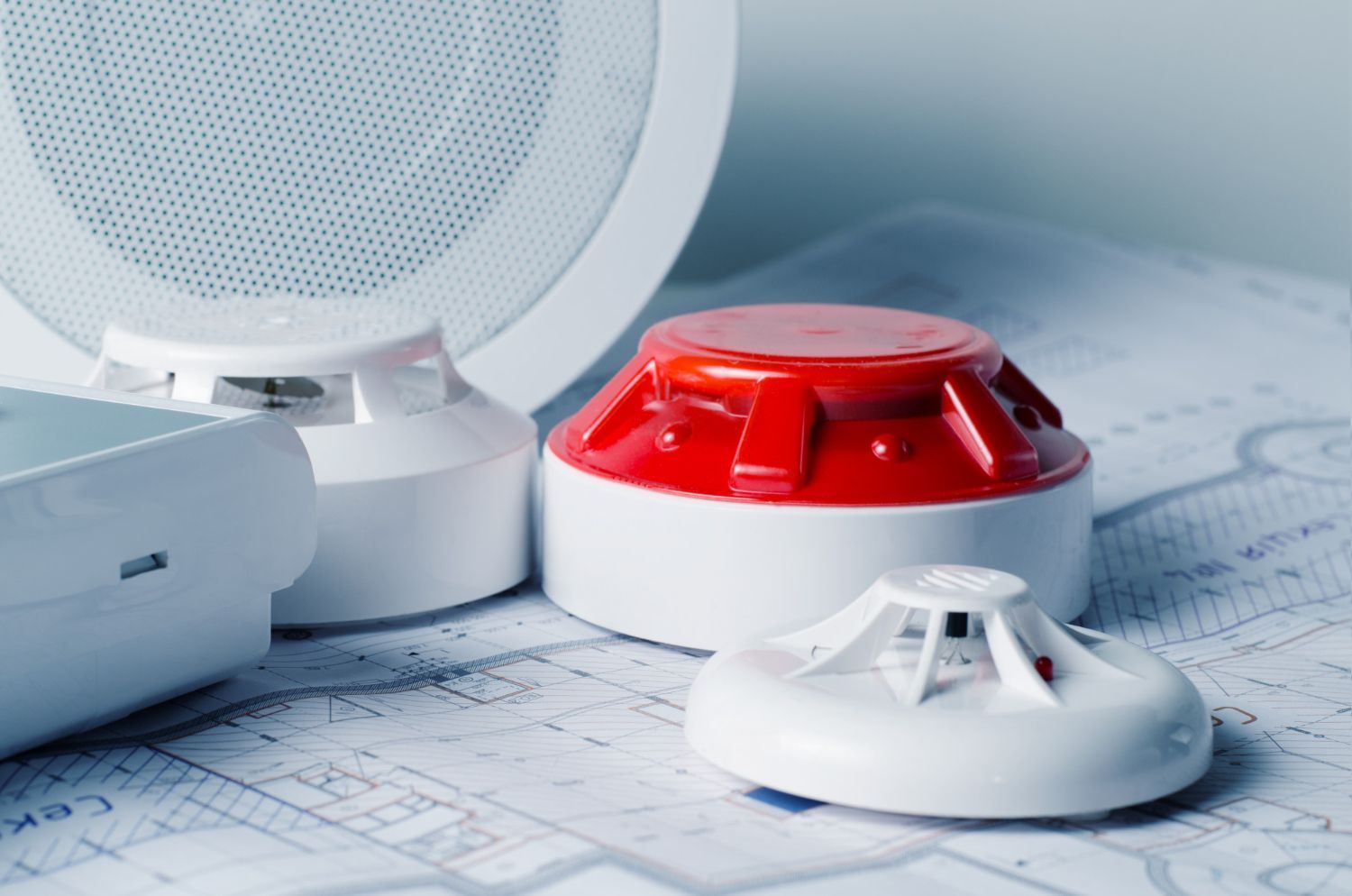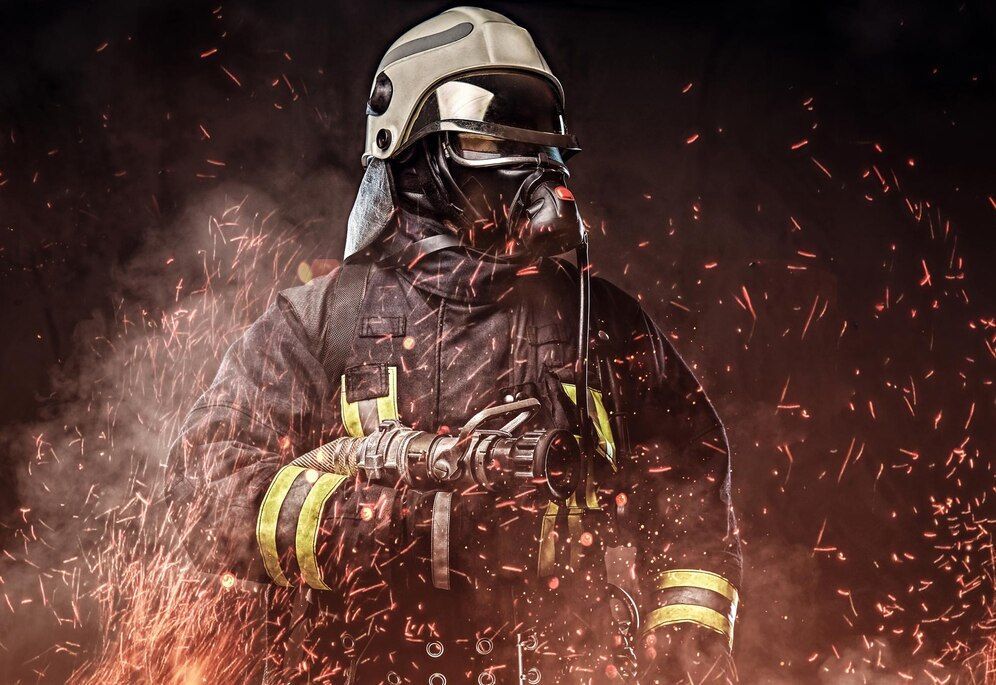Board of Fire Commissioners, Fire District 3,
Township of Old Bridge
Board of Fire Commissioners
Fire District 3
Township of Old Bridge
Essential Fire Extinguisher Types and Uses
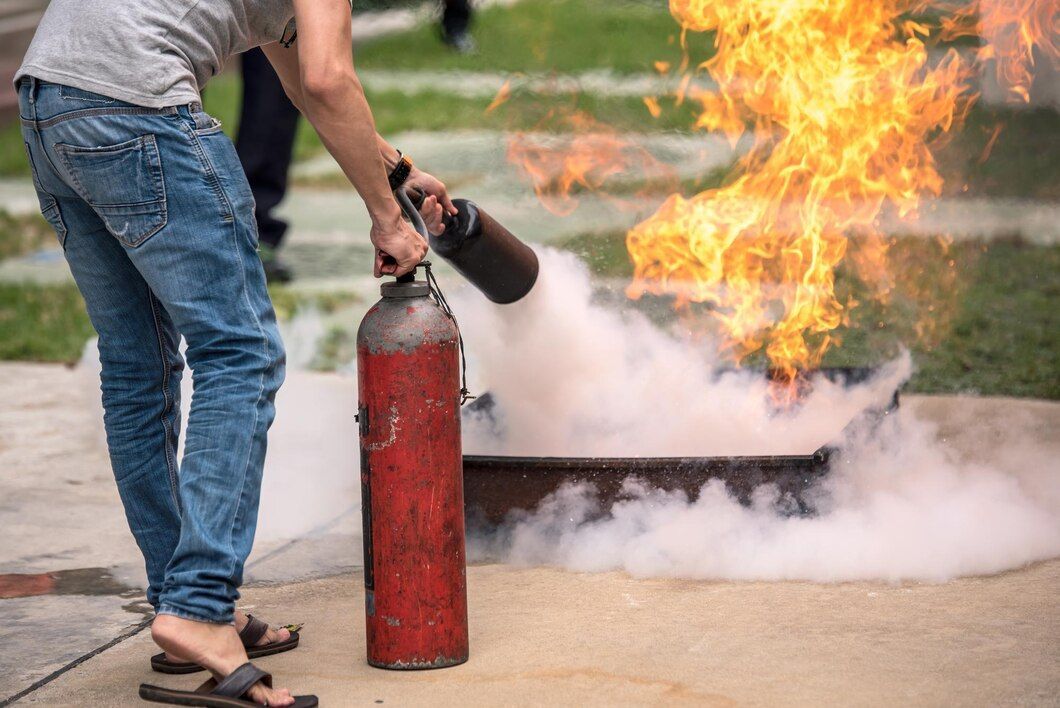
Knowing which fire extinguisher to use in an emergency can make a significant difference in preventing a small fire from turning into a disaster. Different types of fires require different extinguishing agents, and using the wrong type can be ineffective or even dangerous. Understanding the various fire extinguisher types and their specific uses is crucial for ensuring your safety and protecting your property.
Fire extinguishers are classified based on the type of fire they can extinguish. There are five main fire classes: A, B, C, D, and K. Each class involves different materials and requires a specific type of extinguisher. It's important to know which extinguisher to use for each fire class to ensure effective firefighting and to minimize risks.
In this article, we will explore the different classes of fires and the corresponding fire extinguishers you should use. We'll discuss the use cases and limitations of water and foam extinguishers, explain the effective uses of CO2 and dry chemical extinguishers, and delve into when and why you should use specialty extinguishers. By the end, you’ll have a comprehensive understanding of how to choose the right extinguisher for various fire scenarios, helping to keep you and your community safe.
Understanding Fire Classes and Their Corresponding Extinguishers
Fire classes are divided into five main categories, each based on the type of material that is burning. Knowing these classes helps us understand which extinguisher to use:
- Class A: These fires involve ordinary combustibles like wood, paper, cloth, and some plastics. Water and foam extinguishers are typically used for Class A fires because they can cool the fire and remove the heat needed for it to keep burning.
- Class B: Fires in this category involve flammable liquids such as gasoline, oil, and grease. Dry chemical extinguishers are most effective for these fires as they can cut off the oxygen supply and stop the chemical reaction.
- Class C: Electrical fires are classified as Class C. These fires can occur with appliances, wiring, circuit breakers, and outlets. CO2 and dry chemical extinguishers are used because they do not conduct electricity and can safely stop the fire without adding more hazards.
- Class D: These involve flammable metals like magnesium, titanium, and sodium. Specialized dry powder extinguishers are used that can separate the fuel from oxygen or remove the heat.
- Class K: Fires in this class include cooking oils and fats found in kitchens. Wet chemical extinguishers are designed for these types of fires as they can cool the flames and create a barrier between the fuel and oxygen.
Understanding these fire classes and the appropriate extinguisher for each can help us respond effectively in an emergency.
Water and Foam Extinguishers: Use Cases and Limitations
Water and foam extinguishers are often used for Class A fires involving everyday materials like wood, paper, and cloth. These extinguishers work by cooling the burning material and soaking it, which helps to prevent reignition. They are widely accessible and easy to use, making them a common choice in homes and offices.
However, water extinguishers have limitations. They should never be used on Class B fires (flammable liquids) because water can spread the flammable liquid, making the fire worse. They are also not suitable for Class C fires (electrical fires) because water conducts electricity and can cause electric shocks.
Foam extinguishers are more versatile than plain water extinguishers. While they are still best suited for Class A fires, the foam can also smother Class B fires involving flammable liquids. The foam creates a barrier on the surface of the burning liquid, cutting off its oxygen supply and stopping the fire.
Despite their usefulness, foam extinguishers also have limitations. They are not effective against all fire classes and should not be used on electrical fires. Additionally, because foam extinguishers leave residue, they require cleanup after use.
By understanding the use cases and limitations of water and foam extinguishers, we can make better decisions on how to tackle different types of fires safely.
CO2 and Dry Chemical Extinguishers: Effective Uses
CO2 (carbon dioxide) and dry chemical extinguishers are highly effective for certain types of fires. CO2 extinguishers are particularly useful for Class B (flammable liquid) and Class C (electrical) fires. The carbon dioxide gas displaces oxygen in the air around the fire, suffocating the flames. Additionally, CO2 is non-conductive, making it safe to use on electrical fires without the risk of electric shock. It's important to note that CO2 extinguishers do not leave any residue, which is beneficial for protecting sensitive equipment.
Dry chemical extinguishers are versatile and can be used on Class A, B, and C fires. The most common type is the ABC extinguisher, which contains a chemical powder that interrupts the chemical reaction occurring in the fire. This powder settles on the burning material and smothers the flames, making it very effective for multiple types of fires. However, it does leave a residue that can be messy to clean up and may damage delicate electronics.
While both CO2 and dry chemical extinguishers have their advantages, knowing when to use them is crucial. Use CO2 extinguishers in situations involving liquids or electrical equipment. Opt for dry chemical extinguishers when you need a versatile solution for different types of fires, especially in home or office environments where various fire risks may be present.
Specialty Extinguishers: When to Use and Why
Specialty fire extinguishers are designed for specific fire hazards and provide targeted solutions beyond common extinguishers. One example is the Class D extinguisher, specifically made for fires involving combustible metals like magnesium and sodium. These extinguishers use a powder that forms a crust over the burning metal, cutting off its oxygen supply and effectively smothering the fire. Such extinguishers are vital in industrial settings where metal fires may occur.
Another essential specialty extinguisher is the Class K extinguisher, used for fires involving cooking oils and fats. Common in commercial kitchens, these extinguishers contain a wet chemical that reacts with the cooking oil to form a soapy layer, cooling the fire and preventing re-ignition. This makes them a must-have in any kitchen environment, whether commercial or residential.
In laboratories and industrial settings, you might come across halon extinguishers. These contain a gas that interrupts the chemical reaction of a fire. However, due to environmental concerns, their use is limited and they are being replaced by more eco-friendly alternatives.
Understanding when to use specialty extinguishers helps ensure you are prepared for specific fire risks in unique environments. Employing the right extinguisher greatly improves the chances of quickly and safely controlling a fire.
Conclusion
Knowing the different types of fire extinguishers and their appropriate uses is essential for ensuring safety in various environments. Each extinguisher type is designed to handle specific kinds of fires, and using the correct one can make all the difference in an emergency. From the more common water and foam, CO2, and dry chemical extinguishers, to specialty ones like Class D and Class K, each serves a unique purpose in fire safety.
Proper knowledge and preparedness can help prevent small fires from turning into devastating incidents. Regularly check your extinguishers for proper functionality and make sure everyone in your household or workplace knows where they are located and how to use them.
At the Board of Fire Commissioners, Fire District 3, Township of Old Bridge, we are dedicated to providing fire protection and safety education. Visit our website for more information on
fire prevention. Let’s work together to keep our community safe from fire hazards.
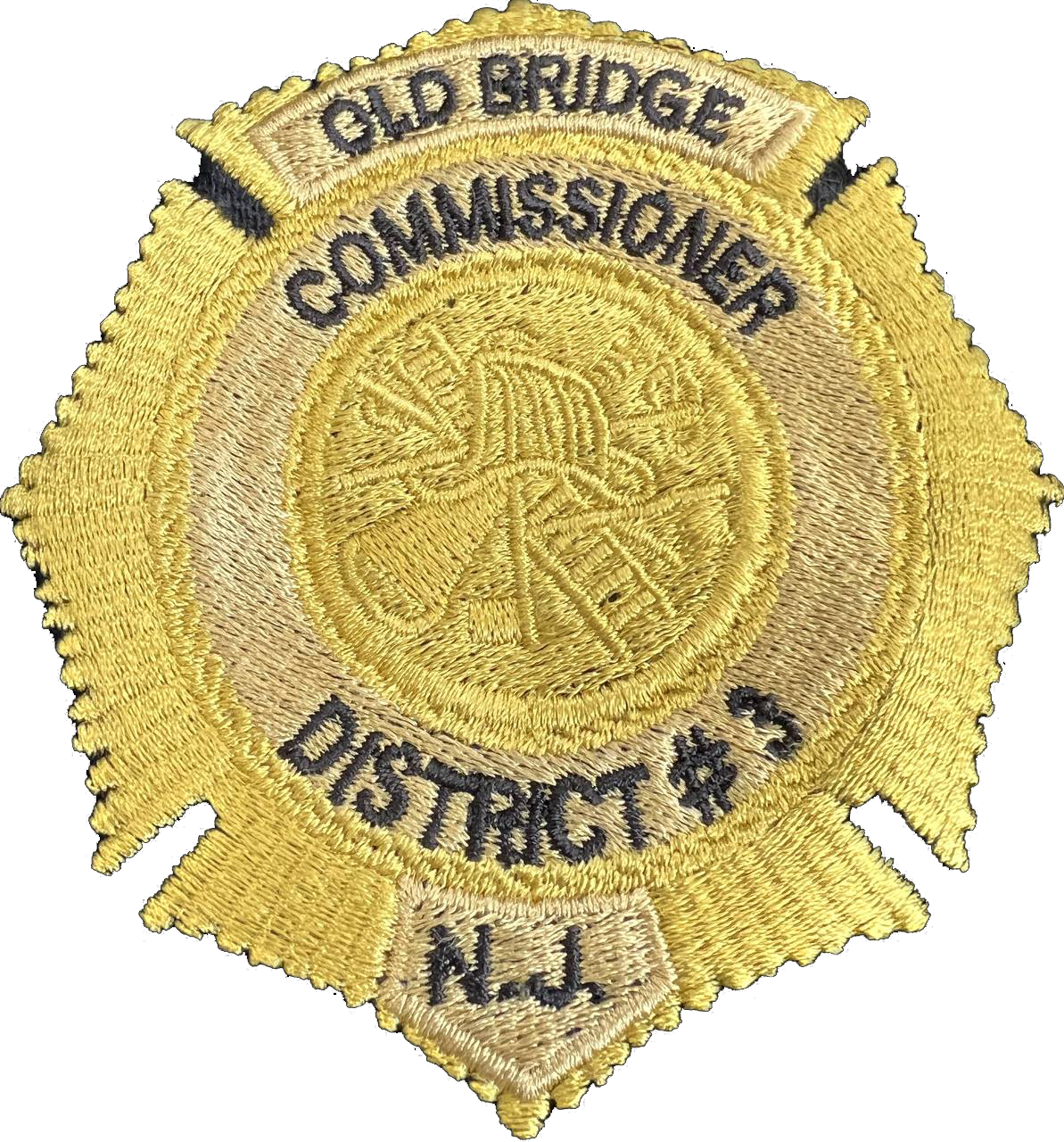
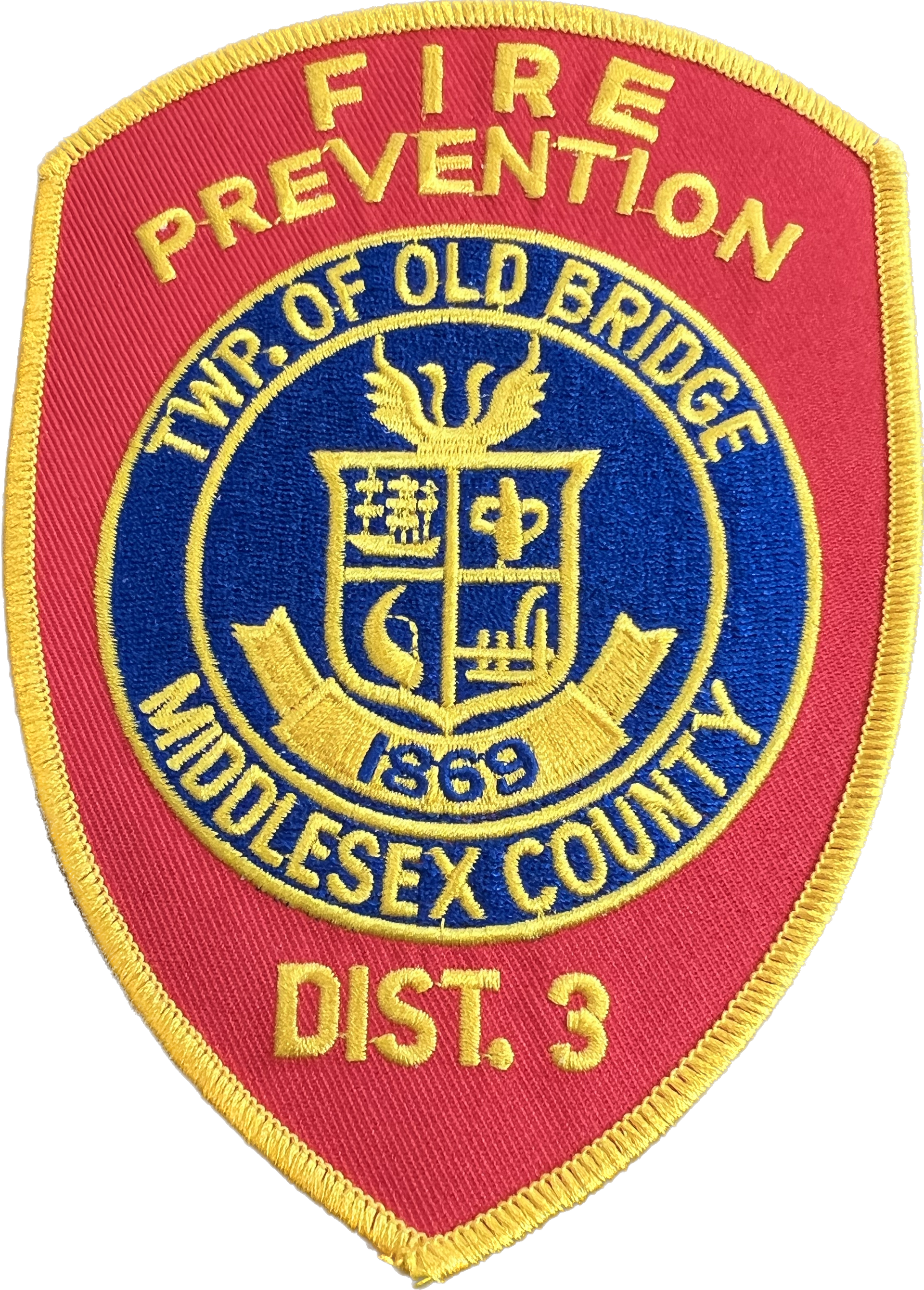
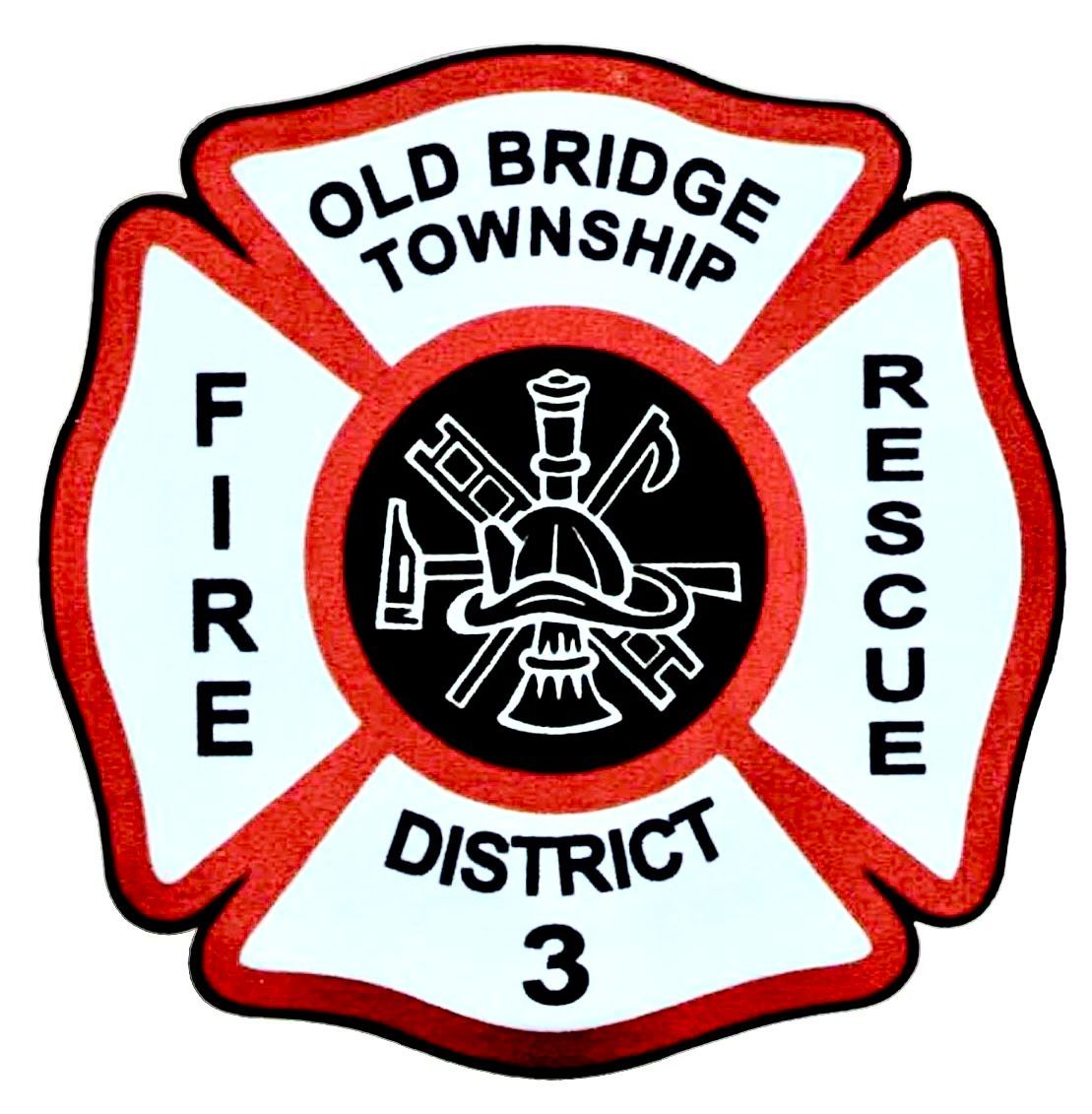



Phone: 732-723-1124 | Email: firedistrict3@obfd3.com
Address: 913 Englishtown Road Old Bridge, New Jersey 08857
We are closed daily from 12 Noon to 1pm for lunch
© 2023 All Rights Reserved | Board of Fire Commissioners, Fire District 3, Township of Old Bridge
All Rights Reserved | Board of Fire Commissioners, Fire District 3, Township of Old Bridge
